Winterizing perennials?
chaven
9 years ago
Related Stories

GARDENING GUIDES10 Cold- and Heat-Tolerant Perennials and Shrubs for the Arid West
These flowering native plants shrug off the cold of winter and heat of summer while adding beauty to the drought-tolerant landscape
Full Story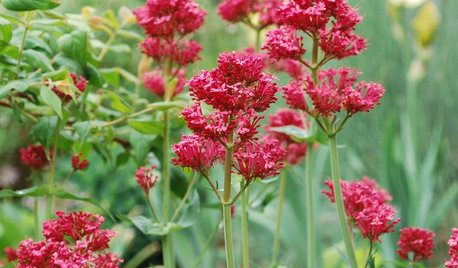
GARDENING GUIDES6 Lovely Water-Wise Perennials for High Altitudes
Even if your climate is cold and dry, you can still celebrate spring with these hardy and colorful perennials
Full Story
PLANTING IDEASWant a More Colorful, Natural Garden? Try a Perennial Meadow
Spend less time tending and more time taking in the sights by improving on Victorian and prairie garden designs
Full Story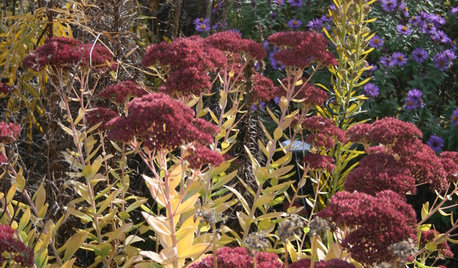
GARDENING GUIDES8 Perennials for Great Fall Color
Trees haven't cornered the market on autumn splendor. Add these flowering perennials for a foliage sight to behold
Full Story
GARDENING GUIDESTop 12 Summer-Blooming Perennials for Deer-Resistant Drama
Can you have garden color, fragrance and exciting foliage with hungry deer afoot? These beauties say yes
Full Story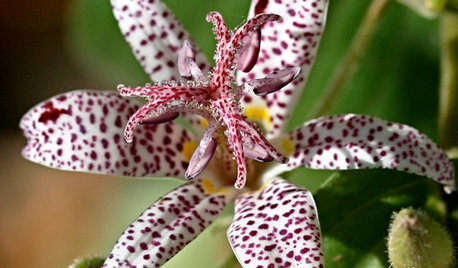
SUMMER GARDENING10 Perennials to Extend Your Garden's Summer Color
Revive summer-weary gardens with outstanding late bloomers such as toad lily, Russian sage, blanket flower and more
Full Story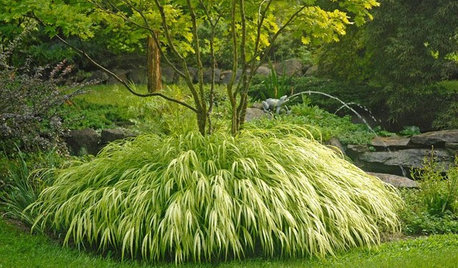
PRODUCT PICKSGuest Picks: 20 Gorgeous Perennials to Plant Now
Take advantage of warm spring weather to create a colorful garden with blooming plants, succulents and ornamental grasses
Full Story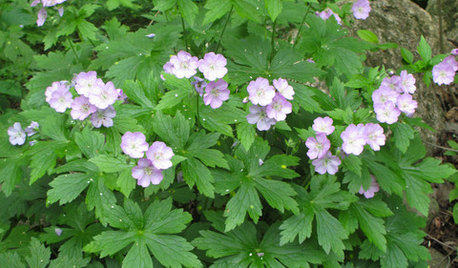
NATIVE PLANTS10 Essential Native Perennials for the Great Lakes and Upper Midwest
These adaptable native plants thrive in a variety of conditions and will provide flowers throughout the season
Full Story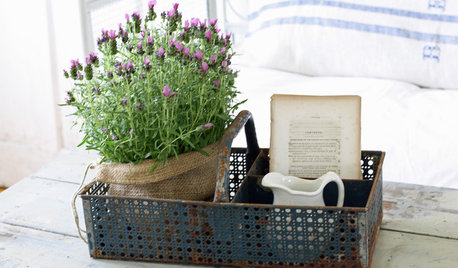
HOUSEPLANTSOutsmart Winter — Make Houseplants of Your Garden Growers
No need to watch Jack Frost play Wreck the Rosemary. Bring your garden inside for the winter, using containers and these guidelines
Full Story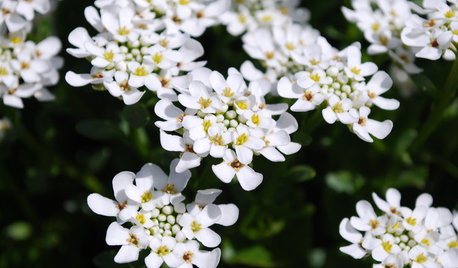
GROUND COVERSGreat Design Plant: Evergreen Candytuft for Glossy Winter Foliage
Keep your garden green through frosty days with this woody subshrub — then delight in sparkling white flowers come spring
Full Story








chavenOriginal Author
chavenOriginal Author
Related Professionals
Arlington Landscape Architects & Landscape Designers · Ballenger Creek Landscape Architects & Landscape Designers · Bellflower Landscape Architects & Landscape Designers · Hyattsville Landscape Architects & Landscape Designers · Salisbury Landscape Architects & Landscape Designers · Billerica Landscape Contractors · McKinney Landscape Contractors · Canyon Lake Landscape Contractors · Davis Landscape Contractors · Euclid Landscape Contractors · Fort Mill Landscape Contractors · Hicksville Landscape Contractors · Southbury Landscape Contractors · Stony Brook Landscape Contractors · Tamarac Landscape ContractorschavenOriginal Author
rouge21_gw (CDN Z5b/6a)
wisconsitom
gardenweed_z6a
sunnyborders
ssmdgardener
rouge21_gw (CDN Z5b/6a)
sunnyborders
rouge21_gw (CDN Z5b/6a)
davids10 z7a nv.
sunnyborders
davids10 z7a nv.
dg
rouge21_gw (CDN Z5b/6a)
ssmdgardener
catkin
rouge21_gw (CDN Z5b/6a)